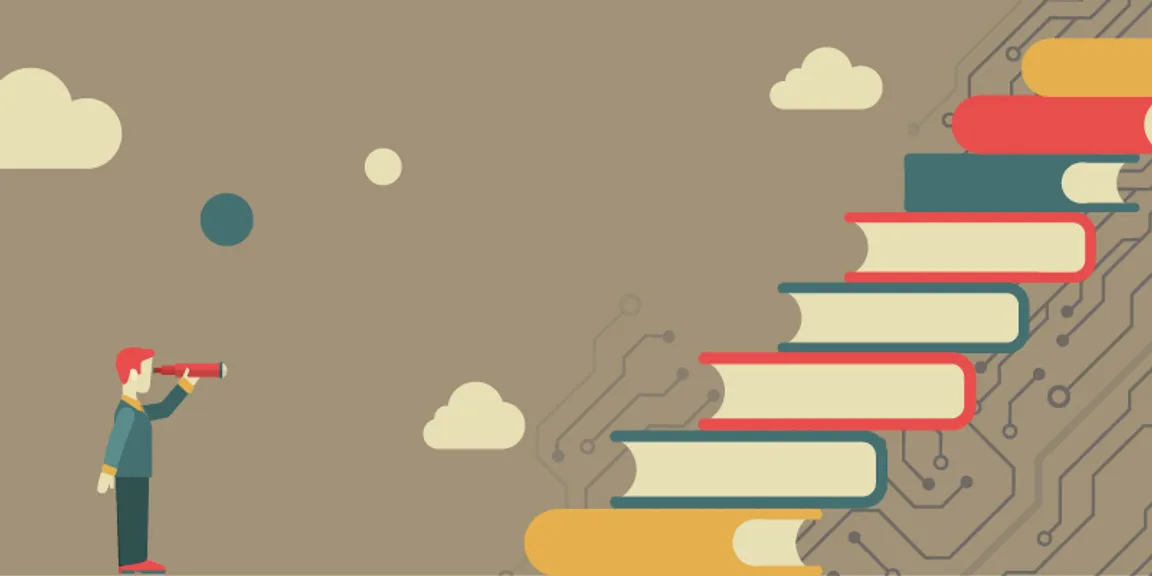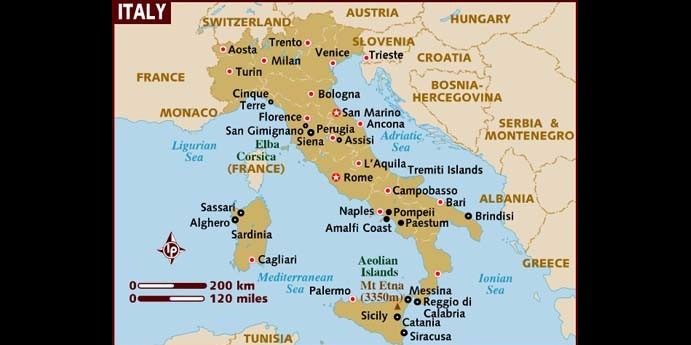

Academic consumption in India undergoing a massive change
When Amit Chawla was narrating tales about his school days to his 15-year-old son, he recalled the good old times when travelling to schools and coaching centers required commuting for 6 to 7 miles by either bicycles or buses. Back then, books were the only reliable sources of study material since reaching out to teachers and academicians beyond classrooms was a hassle.
Nearly 20 years later, as Amit watches his son having a video conference call with his cousins across the seven seas and completing school assignments through study materials from his tablet, he feels amazed at how technology is transforming the way one lives, works and learns.

We have moved from travelling by cars to travelling to space; from connecting with people via telephones to doing the same via video chats on our smartphones; from shopping in stores to getting what we want right at our doorstep in a single click; and from walking miles to reach coaching classes and tuition hubs to connecting with academic experts and educationists via video lectures on our smartphones.
This exponential growth has made it certain that no aspect of our life remains untouched by technology and school education is no exception. Technological advances have intensely changed the manner and pattern of imparting and consuming education in our country. Twitter, Facebook, LinkedIn and Google+ have become learning tools in this hyper-connected world.
With the massive amounts of information available online through digital devices in the form of books, audio tutorials, images, video lectures etc., numerous barriers – that were preventing students in India from accessing quality education anytime, anywhere – are now being broken. The digital attention, once focused on India’s privileged, English-speaking urban elite is now moving towards children attending government-run schools in rural areas as well.
As a result, those with aspirations to go beyond the required minimum passing marks can now access the same high-quality education content that their peers in Tier-1 geographies enjoy. Today, they can connect with the best teachers in the country with the help of just a computer and a good internet connection. Obstacles to dreams are quickly becoming a thing of the past and we have technology to thank for that!
New patterns of education consumption are not only saving students valuable time but also money, by avoiding hidden costs related to academic education. According to a study by the Boston Consulting Group (BCG), about 315 million rural Indians would be connected to the internet by 2020. The Indian government’s push for Digital India will also bring about a massive change in the way the underprivileged access academic learning.
The palpable effects of e-learning are all-pervasive in nature and are giving a solid facelift to K-12 education in India for children across geographies. Numerous education-technology apps like Toppr are providing students with access to quality educational content through new pedagogies from professional teachers that don’t require face-to-face interaction or physical presence; making studying on one’s own easier than ever.
For instance, if a student preparing for a competitive or board examination gets stuck on some topic in the middle of the night, he or she can just chat with an expert on his mobile phone to clear doubts and confusion, instead of panicking. It’s like being connected to teachers and experts on WhatsApp.
The evolving trends of academic consumption in the country are also heralding a massive impact on students and their learning capacity. Unlike traditional assumptions in most Indian households which demanded that each child learns and progresses at the same pace, personalized learning tools available today understand that each child is different.
They are emphasizing on adaptive practice through personalized tests, goal-based learning, accurate personalized feedback to pinpoint areas of improvement, concept sheets for revision, performance evaluation and a wide variety of question sets with varying difficulty and types.
While education-technology platforms are encouraging students to explore self-learning at their own leisurely pace, they are also empowering teachers and educationists by training them to use technology to interact with and instruct students in both physical as well as virtual environments. Such personalized ways of learning are now possible only due to a handful of technology entrepreneurs who are endeavouring to design educational models that can make learning student-led; with teachers being the enablers. This will eventually shape stronger academic communities, fostering a greater scope of collaboration between teachers and students.
At present though, education-technology platforms are still at a nascent stage, but with advancements in technology and intensifying competition among school students, the demand for online education in India is increasing; making the sector vibrant and growing. And for all we know, they might elevate the country’s academic consumption to an entirely new level in the years to come.



